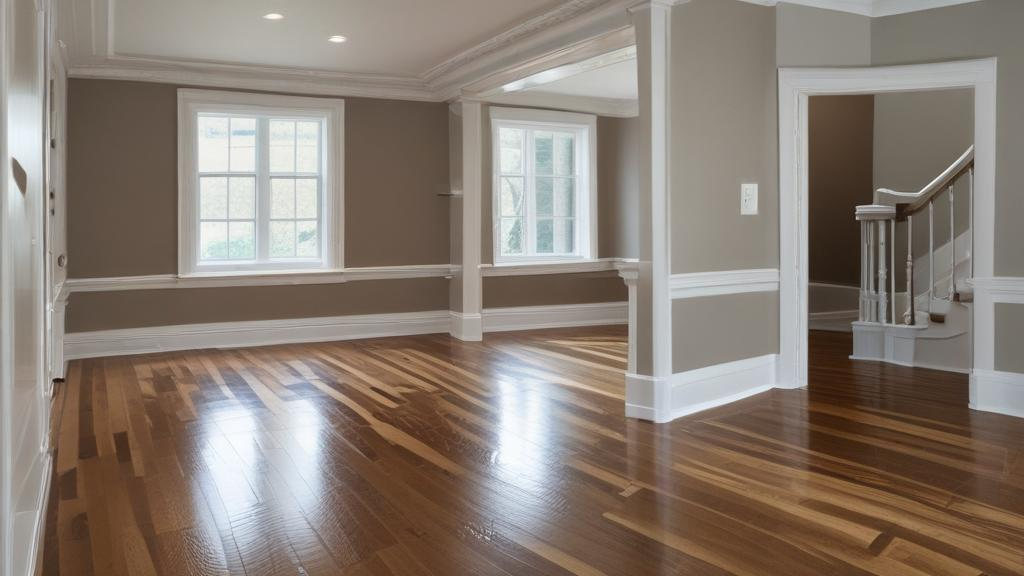Introduction
Water damage to hardwood floors can be a homeowner’s nightmare, causing distress and uncertainty about whether to repair or replace the affected flooring. In this comprehensive guide, we’ll delve into the key factors that determine the extent of water damage to hardwood floors and the decision-making process involved in choosing between repair and replacement.
Factors Determining Repair or Replacement
The Amount of Water Damage
When assessing water damage to hardwood floors, the quantity of water present plays a crucial role. Consider a scenario where a pipe with a small crack leaks water onto the floor continuously. The larger the volume of water, the greater the potential for significant damage to the hardwood. Similarly, a larger spill, such as a fish tank, poses a higher risk of water absorption into the wood, potentially leading to extensive damage.
Also Read: Restoring Your Hardwood Floors: A Guide to Repairing Water Damage
The Length of Time Water Sits
Time is of the essence when it comes to addressing water damage. The longer water remains on hardwood floors, the more severe the damage becomes. If water has been present for over 24 hours, the likelihood of needing to replace the entire floor increases significantly.
The Source of Water
Identifying the source of water is essential in determining the severity of the damage. Clean water, such as that from an overflowing sink, poses the least risk as it is free from harmful bacteria. However, grey water from appliances like dishwashers and washing machines, and black water from sewage, can harbor contaminants, necessitating immediate action and potentially replacement of the flooring.
Visible Physical Damage
Inspecting the hardwood floors for visible signs of damage is crucial. Cupping, crowning, buckling, and staining are indicators of water damage. Cupping occurs when the edges of the boards swell, crowning results in raised seams between boards, buckling involves detachment from the subfloor, and staining indicates moisture absorption into the wood.
Assessing the Damage
When faced with water-damaged hardwood floors, it’s essential to evaluate the extent of the damage before deciding on a course of action.
Can I Make Repairs Myself?
Assessing the severity of the damage is the first step in determining whether DIY repairs are feasible. Minor damage, such as white water stains, may be manageable with household remedies. However, for more severe damage like buckling, professional intervention may be necessary to ensure proper restoration.
Seeking Professional Help
In cases where the damage is extensive or beyond your expertise, seeking professional assistance is advisable. Restoration companies can assess the damage accurately and implement effective solutions, potentially saving you time and money in the long run.
Prevention and Maintenance
Taking proactive measures to prevent water damage is key to preserving the integrity of hardwood floors.
Addressing Water Damage Swiftly
Swiftly addressing water damage by stopping the source and implementing drying measures can mitigate further harm to hardwood floors.
Proactive Measures
Regular maintenance, such as applying protective coatings and inspecting plumbing fixtures, can prevent water damage from occurring in the first place.

Also Read: Repairing Water-Damaged Hardwood Floors: A Comprehensive Guide
Conclusion
Water damage to hardwood floors requires careful assessment to determine whether repair or replacement is the best course of action. By considering factors such as the amount of water damage, the source of water, and visible physical damage, homeowners can make informed decisions to restore their hardwood floors to their former glory. Remember, timely action and professional assistance can make all the difference in preserving the beauty and value of your hardwood flooring.










